Miniature Paintings and Text By Debra Keirce
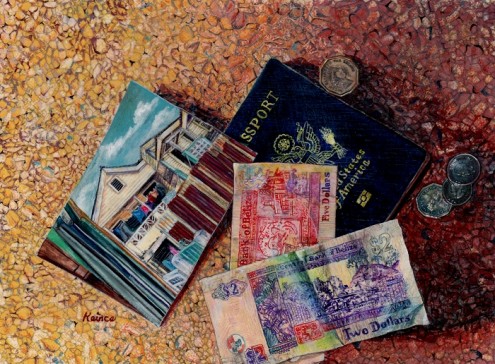
In a tiny corner of the art world, painters are sitting at their easels, squinting through magnifying lamps, working with very pointy brushes, to render fine art that you can usually hold in the palm of your hand. A few years ago I stumbled into that corner, and I have not really found my way out of it yet . . . Not that I’d want to.
I enjoy the intimate nature of the relationship between art and viewer in this genre. People want to look closer, to see if I was able to really paint that tiny lettering, or if they can see individual hairs or detailed reflections. Viewers often assume my art is much larger when they see it online. But up close and personal, which is where miniature art is best appreciated, it is rare that people will not do a double take.

Miniature fine art paintings are so much more than just small paintings. If I paint a 20 x 30-inch traditional piece or a 2 x 3-inch miniature piece, I use the same number of brush strokes. And, working under a magnifying lens slows the process considerably. At some awards banquets, the winning work is enlarged many times its original size and projected onto screens the size of murals. It becomes obvious that every effort is made by miniature artists to create small works that are in every way comparable to larger fine art.
Most artists agree that miniature art originated with the scribes in medieval Europe. It flourished during the time before photography, when pocket-sized portraits of loved ones were popular. The scribes worked on vellum, and many miniature portraits were painted on ivory. Smooth substrates are essential for fine detail. You simply cannot paint delicate features on a one-inch head if you are using textured canvas. Ivorine, a synthetic form of ivory, vellum, piano keys, feathers, and a host of modern substrates are used today.

High-flow paints are also a requirement for miniature art. When working in little, we are stretching our paint to its limits. Many artists continue to paint with media used for centuries. Casein is a milk-based paint with unique properties. Egg tempera paintings from the first century AD still exist. The artist mixes egg yolk with ground pigments. Silverpoint and goldpoint were used by scribes in ancient times. I am intrigued by media used historically, but prefer to use the modern high-flow oil and acrylic paints. For some colors, it is helpful to add media or pigments to the paint to increase flow or chroma further.
Over the years, I have learned some tricks for painting in miniature. We all start with the same basic techniques of scumbling, glazing, etc. So, I was surprised to find each of us has our own bag of miniature art tricks, as unique as our individual styles. While I may use X-Acto blades to cut paint away and create a hard edge, or embossing tools to blend wet paint into dry in tiny areas, another artist may paint in cross hatch or stipple style, or use masking fluid to create the desired effect.
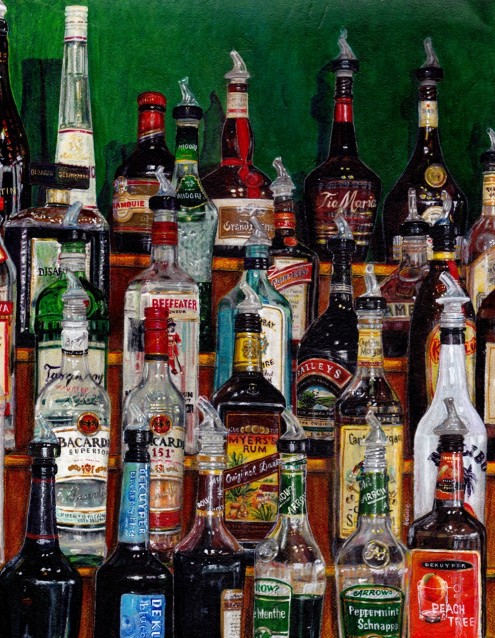
In the juried miniature art exhibitions, each has their own interpretation of genre requirements. Generally, subjects must be painted no larger than one-sixth their original size. Framing must be delicate and proportional to the painting. Often it is no wider than one inch, but European shows prefer even smaller framing. Special tools are required to build such small frames, especially if you are including fillets or liners. Most framers are not equipped to work in miniature, so we seek out the few who can supply us. Many artists have learned to build their own frames.
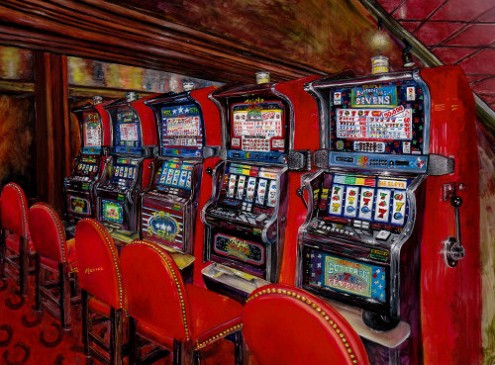
If you are fortunate enough to happen upon a miniature fine art show, you’ll know it is legitimate if they offer you a magnifying glass at the entrance. Treat yourself to a look, and contact me if you would like to be assimilated into our growing group of miniature artists. I list current shows and societies I am involved with on my website at DebKArt.com. I do hope you enjoyed this article and that it sparked a bit of interest in this ancient art genre.
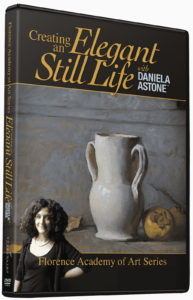 Learn how to paint a still life with Daniela Astone’s video workshop, “Creating an Elegant Still Life.” You’ll learn how to find the right color palette, the step-by-step process of creating a composition, how to arrange a still life, and more.
Learn how to paint a still life with Daniela Astone’s video workshop, “Creating an Elegant Still Life.” You’ll learn how to find the right color palette, the step-by-step process of creating a composition, how to arrange a still life, and more.



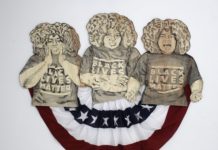

Thank you for re-featuring this article!
Comments are closed.